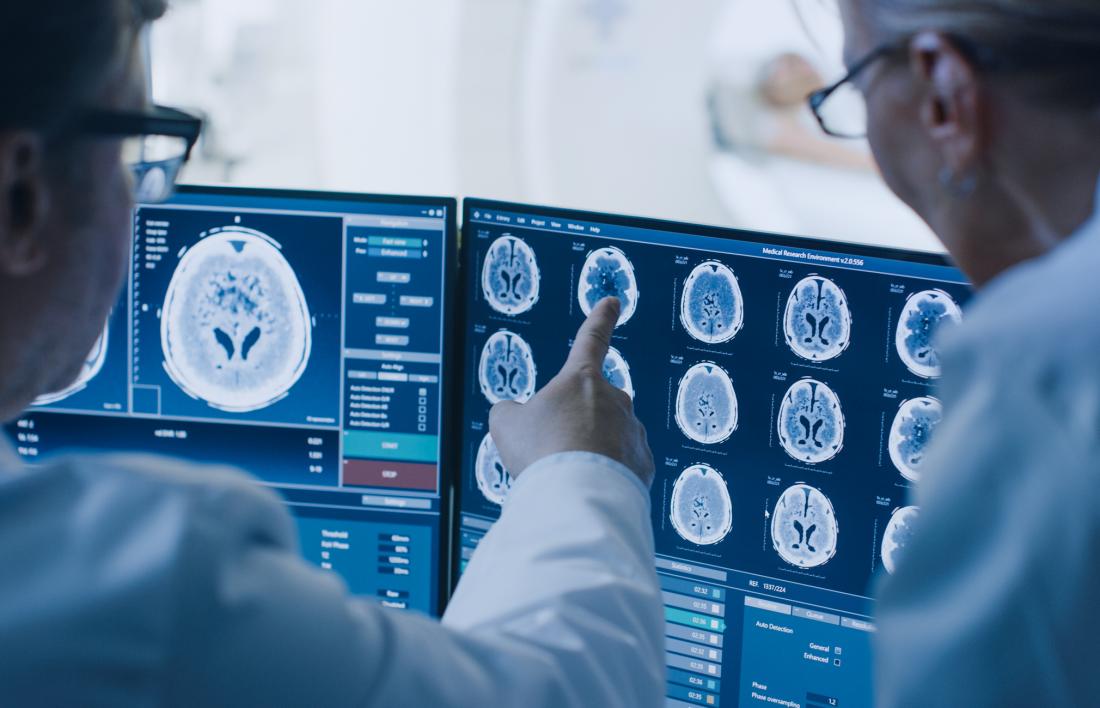
Ketamine stimulates the regrowth of dendritic spines in the prefrontal cortex, according to a new animal study.
Previous studies have shown that ketamine — an anesthetic — can rapidly reduce severe symptoms of major depressive disorder, particularly the occurrence of suicidal thoughts.
However, researchers are still unsure how this substance acts in the brain to fight off depression or how to maintain its therapeutic effects in the long run.
For this reason, a team of investigators from the University of Tokyo in Japan, Stanford University in California, and Weill Cornell Medicine in New York, NY, recently set out to understand more about how ketamine fights depression in the brain by studying its effect in mouse models.
This research received support from the National Institutes of Health (NIH), who describe the work as “basic research” that “is foundational to advancing new and better ways to prevent, diagnose, and treat disease.”
The study authors report their findings in a scientific paper that appears in the journal Science.
Ketamine and brain circuitry
“Ketamine is a potentially transformative treatment for depression, but one of the major challenges associated with this drug is sustaining recovery after the initial treatment,” explains Dr. Conor Liston, one of the researchers behind the study.
To find out how ketamine works in the brain and identify the mechanisms that reduce depression symptoms, the researchers worked with mice that presented behaviors indicative of depression.
More specifically, the team focused on dendritic spines. These are small protrusions on dendrites, which are brain cell extensions that help the neurons “communicate” among themselves. The dendritic spines are the parts that receive the stimuli that other neurons send out.
The researchers studied the dendritic spines in the prefrontal cortex of the mice’s brains both before and after they exposed some of the rodents to a source of stress. They found that the mice demonstrating depression-like behaviors after experiencing the stressor lost dendritic spines more quickly than the control mice. Moreover, these mice had reduced formation of new dendritic spines.
The team also saw that exposing experimental mice to stress led to poorer connectivity and coordination of neural activity in the prefrontal cortex. These changes, the researchers explain, relate to typical behaviors in depression, which occur in response to stress.
When the researchers treated these mice with ketamine, they found that the animals regained functional connectivity and normal neuron activity in the prefrontal cortex, and they no longer displayed behaviors consistent with depression.
At 24 hours after receiving just one dose of ketamine, the rodents that the team had confronted with a source of stress did not show depression-like symptoms. Brain scans also revealed an increase in the formation of fully functional dendritic spines.
The authors make a distinction between these findings. Mice that received ketamine, they explain, showed behavioral improvements within 3 hours of treatment, but they only experienced new dendritic spine formation between 12 and 24 hours after the treatment.
“Our results suggest that interventions aimed at enhancing synapse formation and prolonging their survival could be useful for maintaining the antidepressant effects of ketamine in the days and weeks after treatment,” Dr. Liston notes.
‘Additional insights could guide advances’
Although the researchers admit that they will have to conduct more studies to understand the exact mechanisms at play, they believe, based on their current findings, that the formation of new dendritic spines may occur thanks to the fact that ketamine boosts brain activity in the prefrontal cortex.
The researchers also found that dendritic spines are likely to play an important role in maintaining the remission of depression-like symptoms in mice. When the team tried selectively removing newly grown dendritic spines in the mice’s brains, the rodents started expressing depression-related behaviors once again.
Dr. Janine Simmons, who leads the National Institute of Mental Health’s Social and Affective Neuroscience Program — and who did not contribute to the current study — explains why conducting new research into the workings of ketamine in the brain is important.
“Ketamine,” she notes, “is the first new antidepressant medication with a novel mechanism of action since the 1980s. Its ability to rapidly decrease suicidal thoughts is already a fundamental breakthrough.”
“Additional insights into ketamine’s longer-term effects on brain circuits could guide future advances in the management of mood disorders.”
Dr. Janine Simmons
